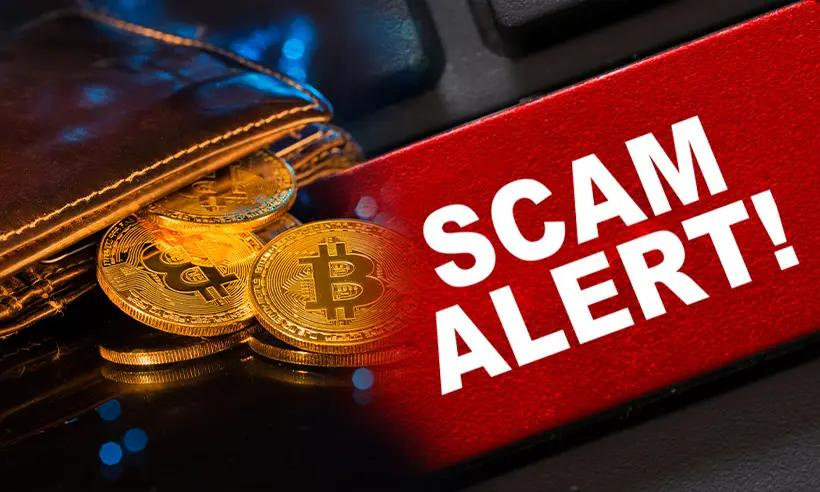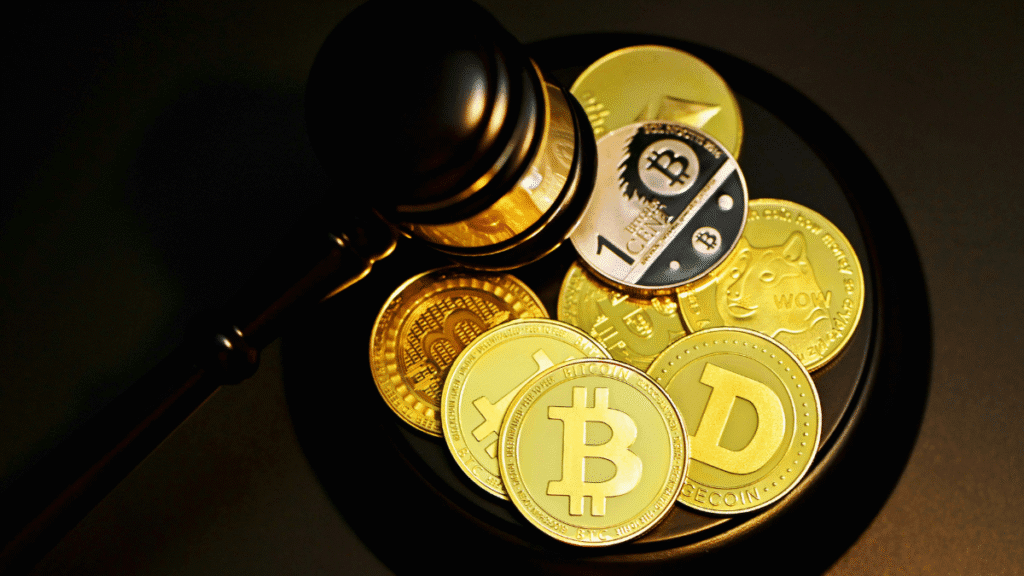Now Reading: Stablecoins: The Bridge Between Crypto Volatility and Everyday Use in India
-
01
Stablecoins: The Bridge Between Crypto Volatility and Everyday Use in India
Stablecoins: The Bridge Between Crypto Volatility and Everyday Use in India

While most people think of cryptocurrency as risky or unpredictable, stablecoins are quietly changing that perception. Pegged to traditional assets like the US dollar or gold, stablecoins offer a more stable way to hold and transfer value. In India, where digital payments are booming and interest in crypto is rising beyond metro cities, stablecoins are emerging as a bridge between everyday finance and the digital asset world.
What makes stablecoins different
Unlike Bitcoin or Ethereum, whose prices fluctuate constantly, stablecoins are designed to maintain a fixed value. This stability comes from being backed by real-world assets or reserves. That makes them useful for people who want the benefits of crypto—like fast transfers and borderless transactions—without dealing with wild price swings. For Indian investors, stablecoins act like a digital version of holding cash in a wallet.
Why they matter for India’s digital economy
India’s payment ecosystem has evolved quickly through UPI, digital wallets, and online banking. Stablecoins fit naturally into this landscape. They can make international remittances faster and cheaper, especially for families relying on income from abroad. They also offer small businesses and freelancers a way to receive global payments in digital form without worrying about conversion losses or delayed settlements.
Adoption in Tier 2 cities
As awareness of crypto spreads to smaller cities, many new users are starting with stablecoins instead of volatile tokens. People in Tier 2 and Tier 3 cities often use them as a way to explore crypto safely. Some see them as a parking space for funds before trading, while others use them to test cross-border transfers. This cautious yet practical approach is driving early adoption where digital literacy is growing but financial exposure is still limited.
The challenges that come with stability
Even though stablecoins are designed to be steady, they depend on trust—trust that their issuers actually hold the assets they claim. Without strong regulation or clear policies, users may still face risks if platforms fail or reserves are mismanaged. India’s regulatory stance is still evolving, which means stablecoin users must stay alert about how laws and taxation may apply in the near future.
Why stablecoins could shape the future
For India, stablecoins represent a middle path between traditional finance and the crypto revolution. They offer digital efficiency without extreme volatility, making them suitable for everyday use. As blockchain-based payments grow, stablecoins could complement government-backed digital currencies, helping more people experience secure, instant, and transparent transactions.
Conclusion:
Stablecoins might not have the excitement of high-risk cryptocurrencies, but their value lies in reliability. For Indians—especially in emerging digital hubs beyond metros—they provide a practical entry point into the world of crypto. As awareness and regulation improve, stablecoins could become a quiet yet powerful part of India’s digital financial future.























